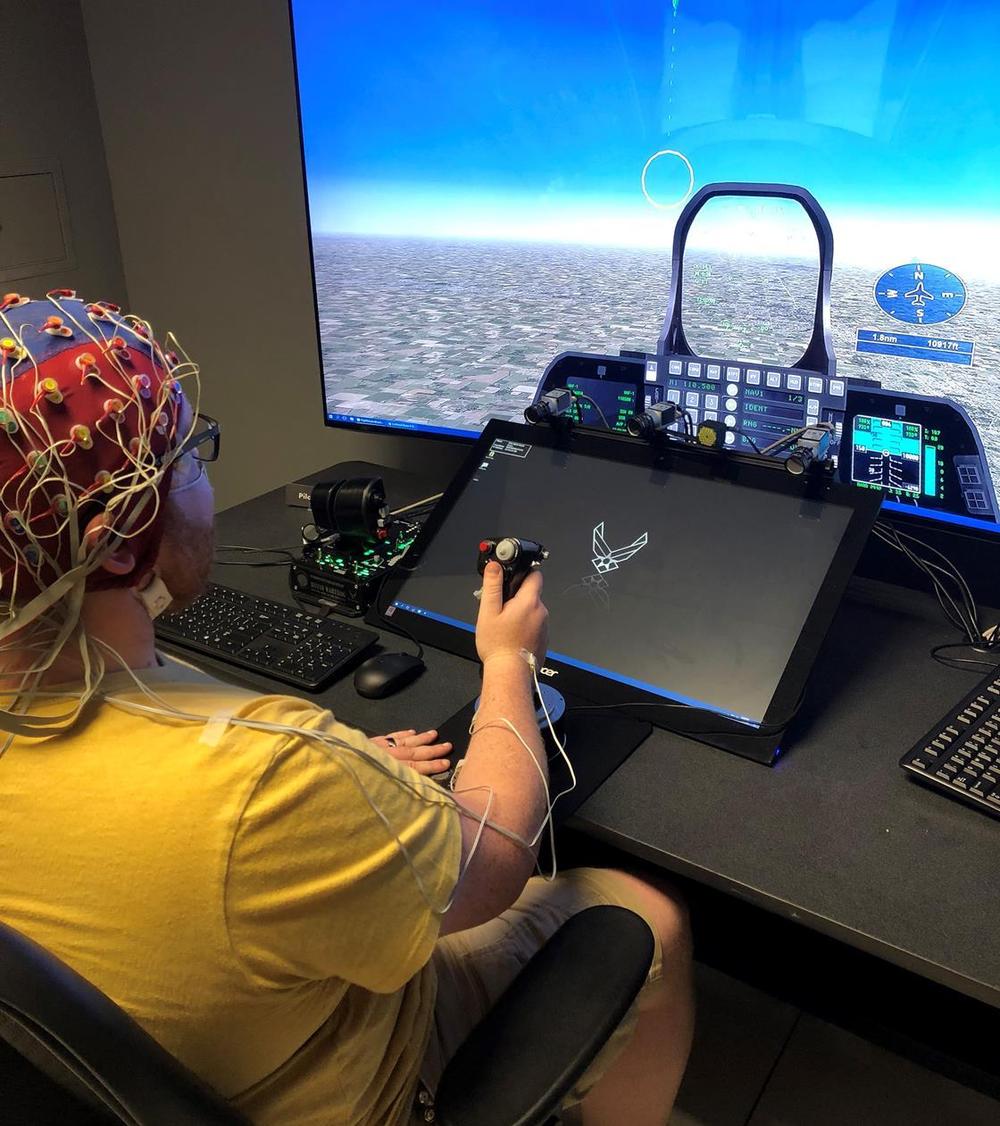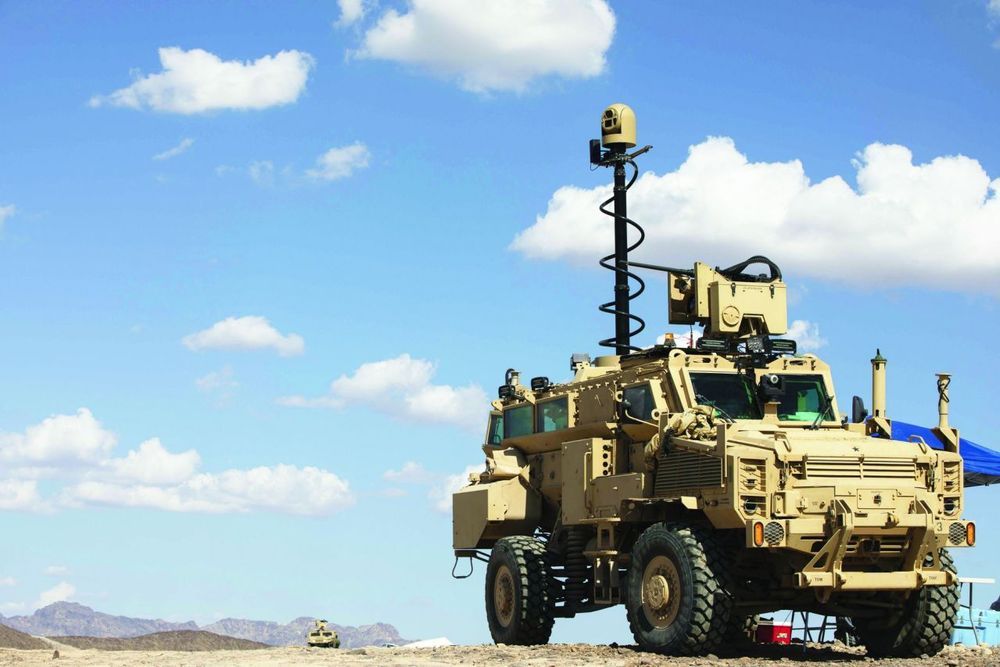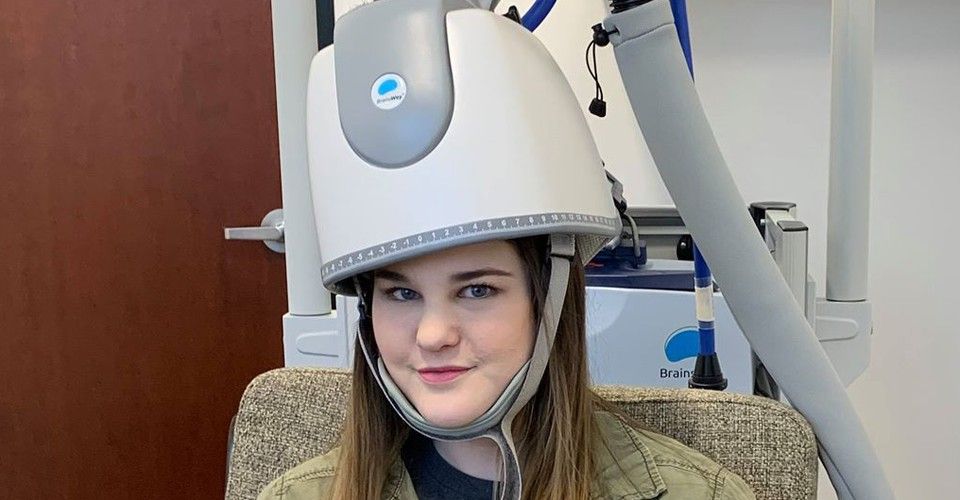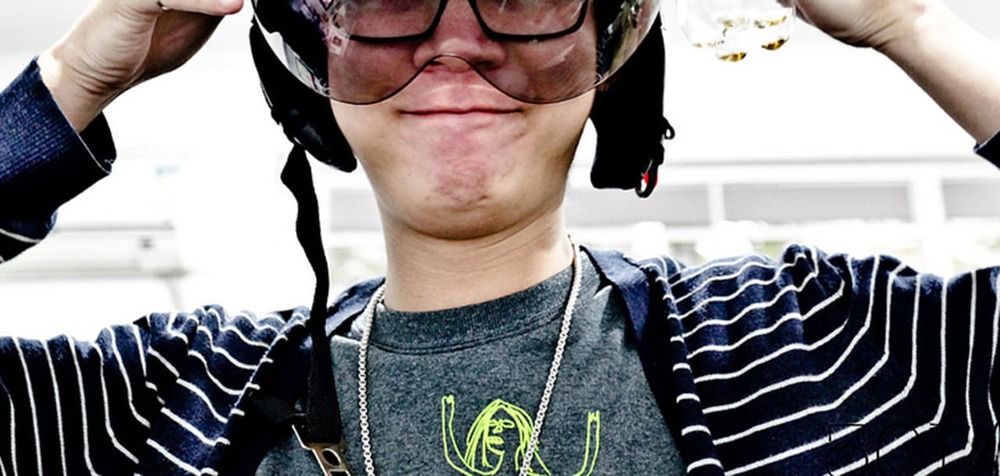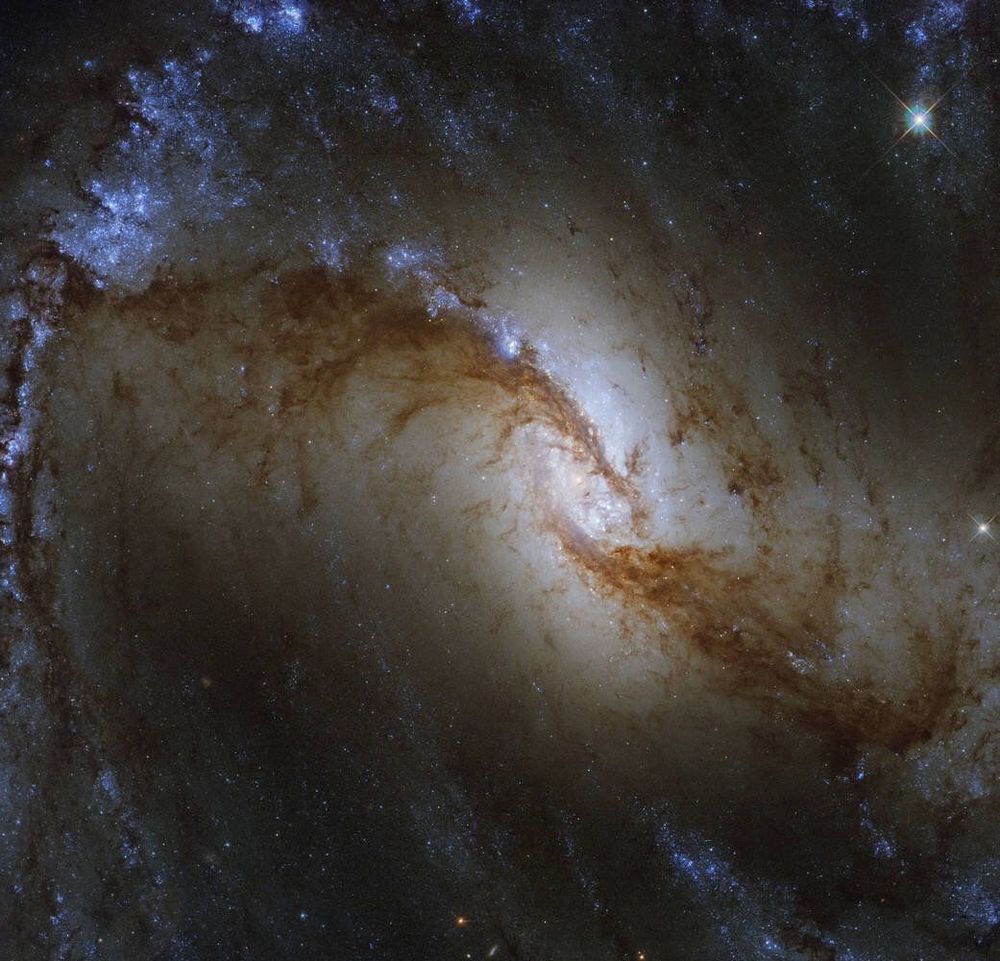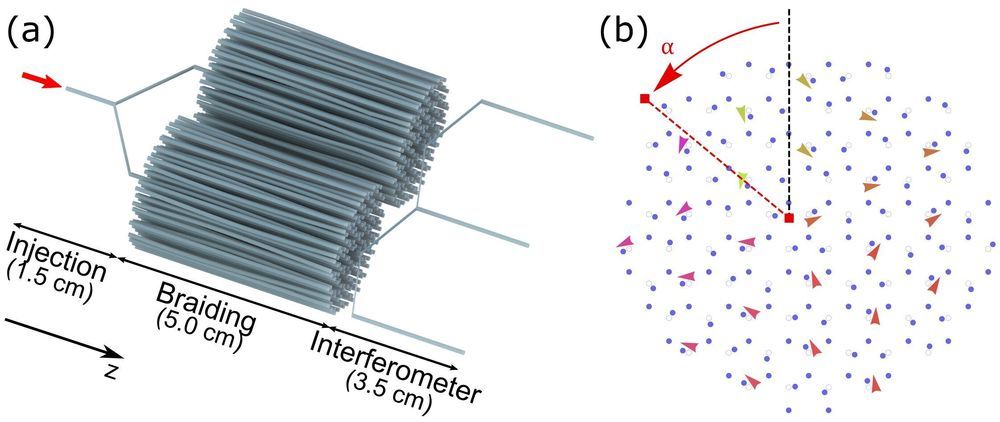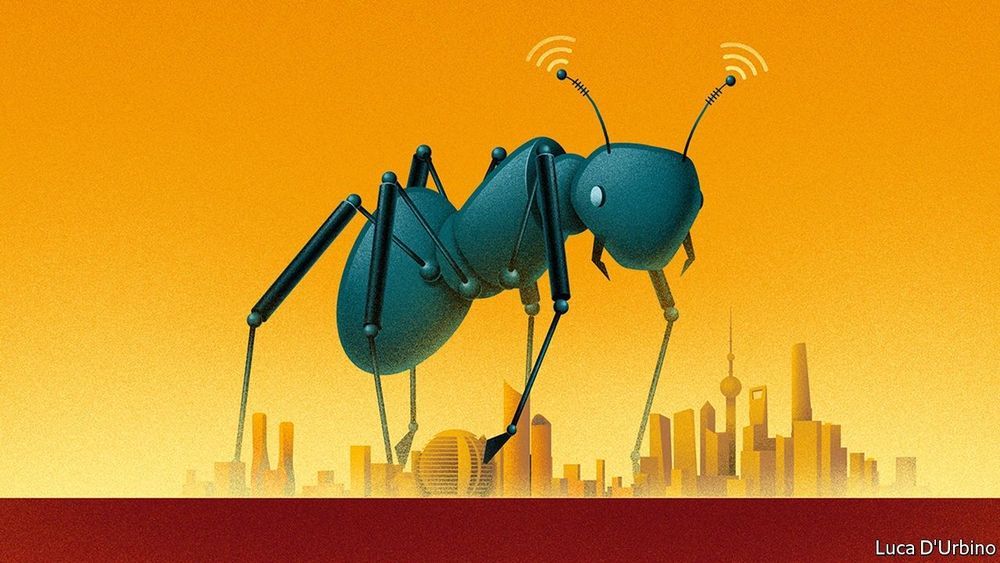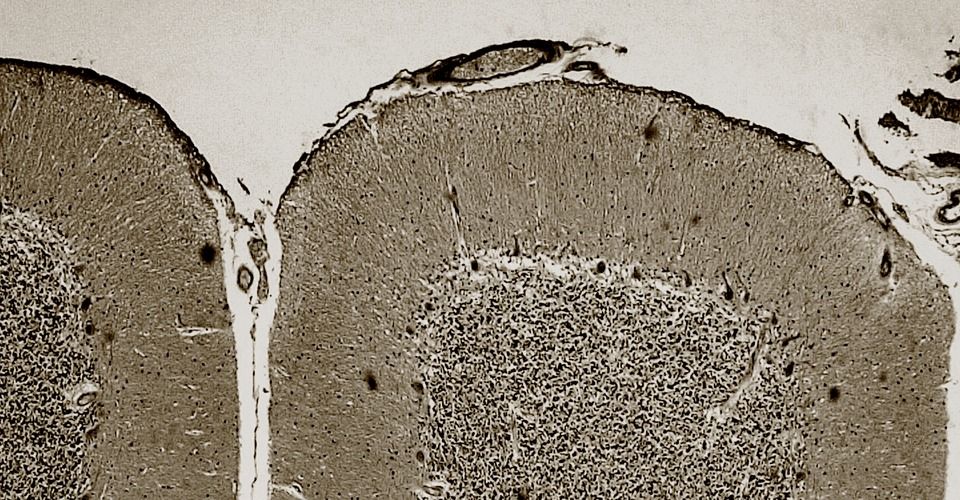Oct 12, 2020
US Air Force aims to train pilots faster using brain electrode
Posted by Quinn Sena in categories: military, neuroscience
In August, the US Air Force Research Laboratory 711th Human Performance Wing launched its iNeuraLS project, an effort to speed up pilot training through brain stimulation.
Some will feel a slight tingling sensation. Others will feel nothing at all.
The electrode placed inside the ear canal isn’t designed to shock. Rather, the US Air Force Research Laboratory (ARFL) believes the earbud-like device, when placed next to the brain’s vagas nerve, will have more of an intellectually stimulating effect. It ought to create moments of super learning, controllable periods of focus that allow pilots to soak up their flight training faster than humanly possible.
Continue reading “US Air Force aims to train pilots faster using brain electrode” »
